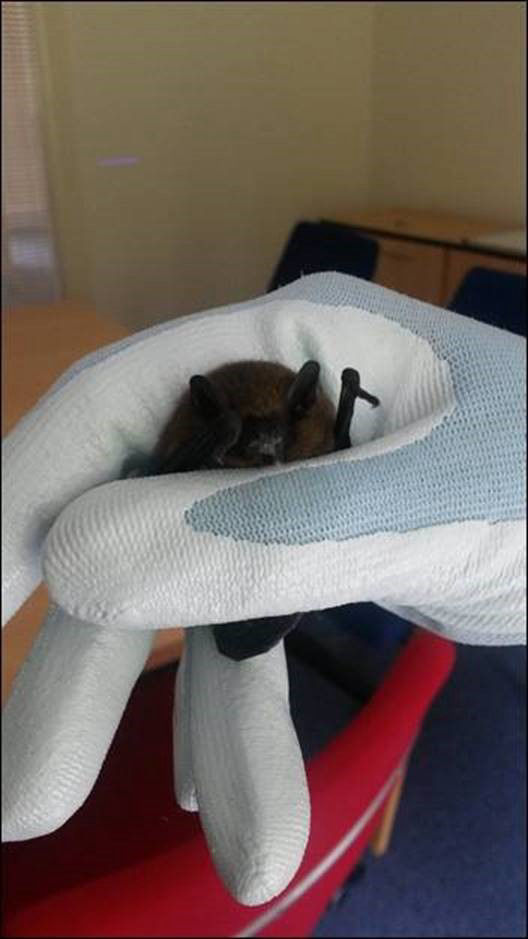CONTACT INFORMATION
You can contact us by phone or email.
- 01358 723055 (Interim Moderator direct)
- 01224 460056 (Answer Phone)
- fintraykkchurch@outlook.com
- © Copyright 2023 Fintray Kinellar Keithhall Parish Church - All Rights Reserved
The Bat Survey was completed in 2017 and the results make interesting reading. There were four different species of bat identified in the vicinity of the church. Common and soprano pipistrelles, brown long-eared, and Daubenton’s bats were recorded foraging (eating midges!) in the grounds surrounding the church with a maternity roost of brown long-eared bats located within the church roof space. Whilst none of the species are rare (although protected by law) they do indicate a healthy eco system in the local area. The existence of bats within the building will have to be taken into account when we undertake essential repairs to the internal timbers and replace slates.
Copies of the full bat report are avalible HERE.
At the time of writing (Summer 2017) we are conducting a Bat Survey at Fintray Church as part of the planning process for essential repairs to the church roof. (Replacing nail sick slates and replacing rotton sarking and supporting timbers.)
Full details of the Bat Survey (when complete) will be published here. In the meantime this is what we have found!
From our 'Consultant Ecologist'
During the survey last night, we observed a couple of pipistrelle bats and 20 brown long eared bats emerge from under the guttering on the south side of your church and another one brown long eared emerge from the north side. We recorded a number of soprano and common pipistrelle bats and brown long eared bats foraging in the trees around the buildings. It seems like you have a good location for them!
With the number of individuals observed, it would suggest a maternity roost is present within the church roof. Once we have carried out the second survey, preliminarily scheduled for dawn on the 6th July, we will issue a report with recommendations on how works can proceed without causing harm to them and staying within the legislation. In the meantime, if you want any further information on bats and their protection both Scottish Natural Heritage (http://www.snh.gov.uk/protecting-scotlands-nature/protected-species/which-and-how/mammals/bat-protection/) and the Bat Conservation Trust (http://www.bats.org.uk/pages/about_bats.html) have very informative websites.
FYI: As you were interested to know what they looked like, these are photographs of bats from the same species our colleague successfully recently rehabilitated. The common pipistrelle had a hole in his right wing, and the brown long-eared had been “catted.” Only one of the ears is fully extended in the photograph but both were intact.


You can contact us by phone or email.